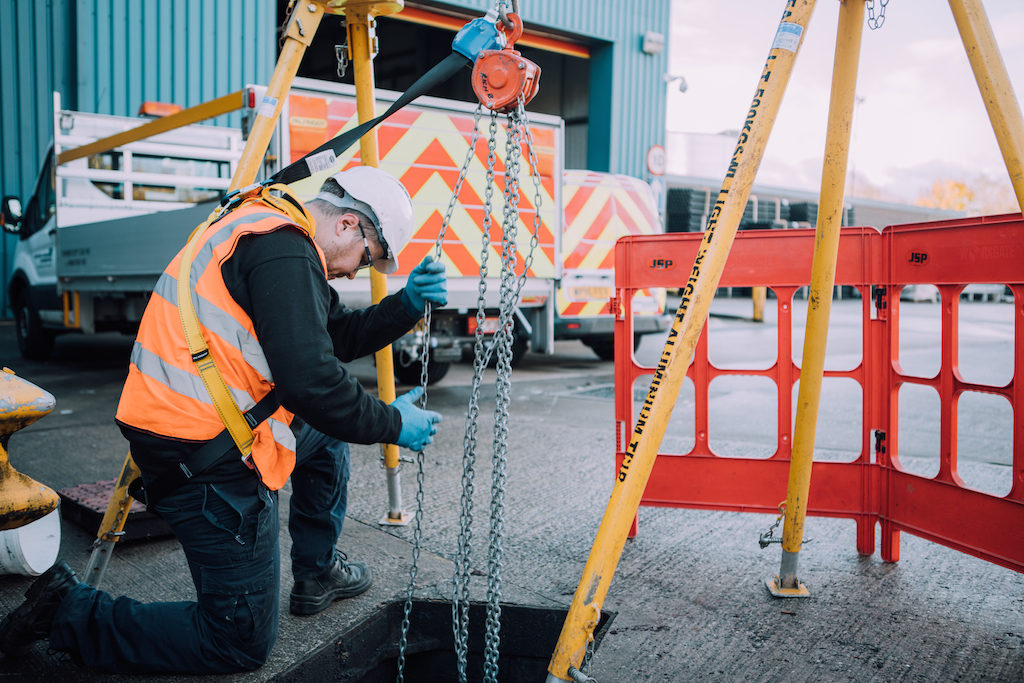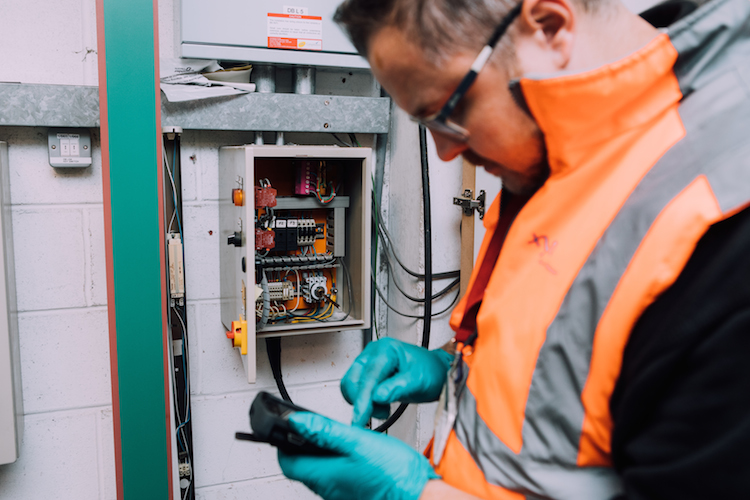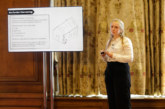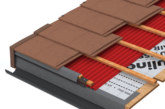This year the water industry will see the introduction of Sewers for Adoption 8. However, there is an ongoing issue relating to pumping station design which could cost developers thousands of pounds in outstanding bonds, as Ian Ireland, Proposal Engineering Manager at Xylem explains.
Time is of the essence in property development and prolonging site completion is a headache no developer needs. However, there is still a major knowledge gap in the industry around S104 (Section 104 of the Water Industry Act (1991). This is a legal agreement between a developer and a water company, where the developer agrees to build sewers to an agreed standard, which the water company will then adopt.
The majority of water companies have prepared an addendum to the main guidance for specification. This is currently used in conjunction with the seventh edition of Sewers for Adoption (SFA7), and focuses primarily on pumping station design requirements preferred by that company.
The sewer adoption process
SFA7 governs pumping station design for sewage or surface water pumping stations, and identifies the four station layout types – Type 1, Type 2, Type 3 and Type 4. The type of layout is determined by factors such as the inflow rate and the number of properties draining to the station.
Part of the developer’s S104 design submission to the water company includes detailed calculations and designs of this pumping system. Following design approval, the water company will then provide the developer with documentation, and the specialist subcontractors will design, supply and install the station’s mechanical and electrical components.
In order to ensure compliance throughout this process, the developer will typically supply a bond to the water company. This can be of significant value and is not released until the pumping station has been adopted. This adoption usually occurs after snagging of the finished build and following a maintenance period – usually around three months – where the water company monitors the level and failure alarms using their own telemetry equipment.
Overlooked approval
Though the process is well established, issues can often arise where developers may not be aware of certain procedures and timescales, such as the approvals process and the maintenance and monitoring periods. This is understandable, as certain developer processes, such as purchasing the land, informing the water company of their development plans, how the infrastructure will be connected to existing public network and it will be adopted, can often be hard to define.
The reason for this is because the pumping station has to be designed by specialist contractors such as Xylem, meaning the developer is bound to certain obligations. The most vital of these is that the water company must approve of the design, detailed in a technical document, before work proceeds. Anything installed without approval can potentially be refused later by the water company’s development services team, and the approval process would be restarted.
However, developers can often push ahead unaware of this need for approval, and the ensuing monitoring period. Metrics taken from this period will also inform how long it takes for the system to be adopted, meaning the developer’s bond may remain outstanding for longer. Between this outstanding bond, the expensive process of rectifying unapproved works, and servicing obligations during the monitoring period, developers may find themselves liable for extensive, unseen costs.
With these costs in mind, it is vital that the developer does not begin installation as soon as the specialist contractor has submitted the proposed system design. Instead, they should wait for the water company’s developer services team to review, comment and approve the proposed design.
Detailed telemetry
Due to their familiarity with the water company’s requirements, specialist knowledge of pumping station design and technical expertise, developers should rely on specialist contractors to drive the design acceptance process. Xylem, for example, will not only design the system and provide detailed construction drawings, they will also carry out installation themselves.
Included in this is the installation of the pumping system itself, as well as other mechanical items and the control system. Installation of a specialised control system is vital, as it is specified within SFA7. Indeed, though it may be between six months to two years until the system is adopted, the developer still owns it over this time and is responsible for monitoring performance.
As such, installation of the monitoring out-station allows Xylem to provide the developer with immediate reactive service care and details about the pumping system performance. With this data, the developer can proactively remedy any potential issues before they arise, reducing unplanned downtime and maintenance costs during this time.
Furthermore, this telemetry can show in real-time, whether the system is performing in line with specifications set out in the technical document submitted to the water company in the approved proposal. Consequently, this should limit the potential for faults occurring during the monitoring period. When the water company wishes to install their own telemetry during the monitoring period, Xylem’s own can be simply removed.
Developers need to be aware of approvals processes when building sewage pumping stations for their sites. Rushing ahead with installation before water company approval has been confirmed may result in expensive re-installation, as well as increased maintenance costs.
Crucially, non-approval could also result in longer adoption periods or refusal by the water company, meaning developers will not see their substantial bonds returned, as the installation is not up to the requisite standard. Using the technical expertise of specialist suppliers such as Xylem can lead to quicker design approval, and thanks to telemetry provided through specialised control systems, more successful monitoring periods.











